August 11, 2022
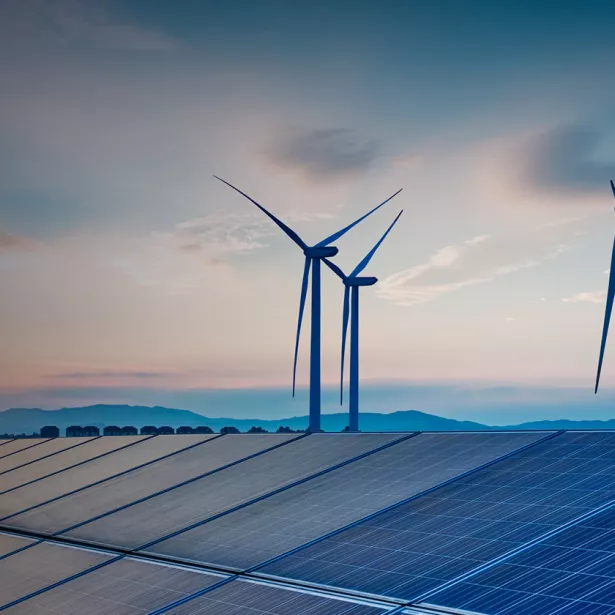
How utilities and their customers can prepare for hydrogen blending in natural gas pipelines
Hydrogen is gaining momentum as a key component to a clean energy future. Already, around 90 million metric tons of hydrogen are produced globally per year, with about 10 million tons made in the U.S.
To encourage the growth of hydrogen technology and end-use applications, the Biden administration recently allotted over $9 billion in funding under last year's infrastructure legislation to develop at least four hydrogen hubs focused on producing "clean" hydrogen.
Clean Energy
For end users, such as power generation companies as well as residential and commercial consumers, affordable, scalable, renewable hydrogen promises many benefits. For utility companies who want to cut carbon emissions while preserving their business model and infrastructure, injecting blue hydrogen produced through steam reforming with subsequent carbon capture or green hydrogen produced through electrolysis into natural gas pipelines at percentages of typically 5-10% (potentially up to 20%) can generate power with lower carbon emissions than using natural gas alone. Other benefits include using hydrogen for peak power generation; applying it to industrial processes that are hard to electrify, such as those in the steel industry; and storing it for future use at scale.
While blending hydrogen with natural gas may be a major component of the transition toward a clean energy future, it poses economic, logistical, and safety challenges for utility companies, their customers, and manufacturers of residential appliances and industrial equipment.
To safely transport and inject hydrogen into a distribution system for consumption, utility companies will need to refine their operational practices. Because appliances are optimized for natural gas, utilities will also need to convert residential appliances and industrial equipment to safely operate through gas-hydrogen blends. Likewise, manufacturers of residential appliances and industrial equipment will want to optimize their products to ensure that they can efficiently and safely operate on a range of potential hydrogen blends.
Downstream & end-user adaptations
Many end-user challenges are due to the unique characteristics of hydrogen. Specifically, hydrogen's low molecular weight allows it to leak through sealing materials like rubber and plastics and either disperse into the atmosphere or accumulate inside enclosures, where it can burn or explode if ignited. Hydrogen's lack of odor only exacerbates the danger, making it difficult to detect leaks. In addition, when not mixed with hydrocarbons, hydrogen burns with an almost invisible flame that often cannot be detected by the human eye without the aid of thermal or optical sensors.
Utilities
Due to hydrogen's wider flammability range in air compared to natural gas, blending hydrogen into the main gas supply will require additional safety measures that address explosion risk, including clearance distances from electrical connections and selection of valve seals.
Utility companies will need to consider the pressure differences between their distribution networks and the piping used in residential and industrial applications when adapting existing distribution networks to hydrogen blends. Gas metering devices will likely need to be recalibrated to handle the blend, and higher concentrations of odor additives may need to be added to natural gas to account for the addition of odorless hydrogen to enhance end-user safety.
For a successful transition, utility companies will also want to ensure that every residential and commercial appliance in their service area is adjusted to safely operate on blended hydrogen. For consumer appliances, this may require going door-to-door to convert appliances with potential associated costs as well as training costs for technicians. Calibrating the equipment used to measure the burning efficiency of appliances, such as flue gas analyzers or chromatographers that use photoionization detector or flame ionization detector technologies, is another consideration.
Residential/commercial appliance & industrial equipment manufacturers
Similarly, manufacturers of residential appliances (e.g., furnaces, stoves, ovens, and dryers), commercial appliances (e.g., dryers, heaters, and boilers), and industrial equipment (gas turbines, etc.) can think about integrating design changes early in the process by considering the currently available range of blends, anticipated changes in the range of blends over time, and the design of current and future products to help ensure their safe operation as the range of blends evolves.
Other key considerations include:
Corrosion: When natural gas blended with hydrogen is burned, the combustion products have a higher ratio of water to carbon dioxide, which changes the corrosion dynamics in the exhaust system.
Flame Instabilities & Acoustic Effects: Because hydrogen flames burn more vigorously than natural gas flames due to higher flame speed and temperature, the resulting oscillations and acoustic effects of hydrogen blends need to be considered to ensure that potential flame instabilities do not cause flame extinguishment for power generating gas turbines.
Leak Prevention & Management: Hydrogen is lighter than air, so leak accumulation and dispersion effects should be considered carefully for safety and regulatory compliance, including evaluating the effectiveness of safety devices and control valves and assessing the air supply and louvres/openings for appliances and in boiler rooms.
Manufacturers of devices already operating at or near the materials temperature limit, such as the combustion chamber of gas turbines used for power generation, will face challenges in keeping maximum operating temperatures within safe operation limits.
Similar to the above, the higher flame temperature and flame speed of hydrogen compared to natural gas may require design modifications of the air flow and fuel supply to prevent flash-back or flame impingement on device surfaces. The lower heating value of hydrogen, which is approximately one-third by volume compared to that of natural gas, may also require flow rate and equipment (e.g., burner orifice diameter) modifications.
Accelerating the energy transition
Pilot programs testing the impacts of hydrogen blends on distribution systems, residential appliances, and industrial equipment rated for natural gas are paving the way for large-scale adoption of a hydrogen economy.
For example, Pacific Gas and Electric is launching one of the most comprehensive studies in the U.S., Hydrogen to Infinity, to examine the potential of blending hydrogen and natural gas in a stand-alone transmission pipeline system for a variety of end uses. As one of many projects, Hydrogen to Infinity will send blended hydrogen to fuel gas turbines for electrical power generation at the Northern California Power Agency's Lodi Energy Center.
For residential consumers, a multitude of projects are also emerging to optimize the hydrogen/natural gas blend percentage. On the East Coast, National Grid, a utility that serves customers in New York, Massachusetts, and Rhode Island, will blend green hydrogen into the existing distribution system to heat approximately 800 homes through its HyGrid Project. Southern California Gas Company is also developing a hydrogen blending program to test the performance of common household appliances and its natural gas infrastructure and plans to investigate viability of blends up to 20% hydrogen.
How Exponent Can Help
Exponent's Thermal Sciences practice offers extensive experience in risk assessment of natural gas pipeline distribution operations, along with the performance of appliances and industrial equipment that operate on a wide range of fuels. We can help clients determine the optimal hydrogen/natural gas blend and assess the impact of hydrogen addition on common natural gas appliances and industrial equipment so that the appropriate considerations can be addressed early in the equipment design phase. Our expertise in hydrogen and natural gas safety helps clients find solutions to their hydrogen integration challenges. Through our deep knowledge of industry regulations, standards, and best practices, we develop customized plans for integrating hydrogen blends specific to each client's needs and implementing risk assessment evaluation, failure root cause analysis, and advanced nondestructive examination techniques.
What Can We Help You Solve?

Thermal Sciences Expertise for Energy Systems
Energy systems design, safety, and compliance consulting across a range of industries, including oil and gas, renewable and utility power generation.
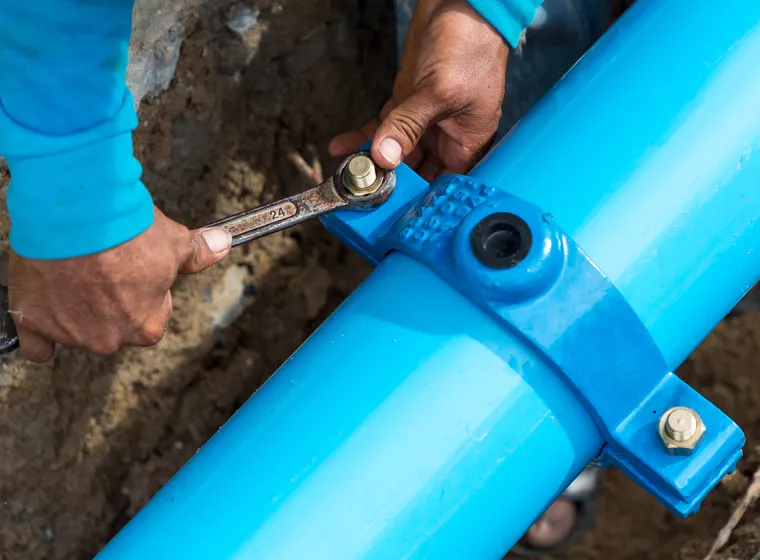
Pipeline & Process Piping
Mechanical engineering expertise for pipeline construction, pipe corrosion, pipeline integrity management, and pipeline failure analysis.
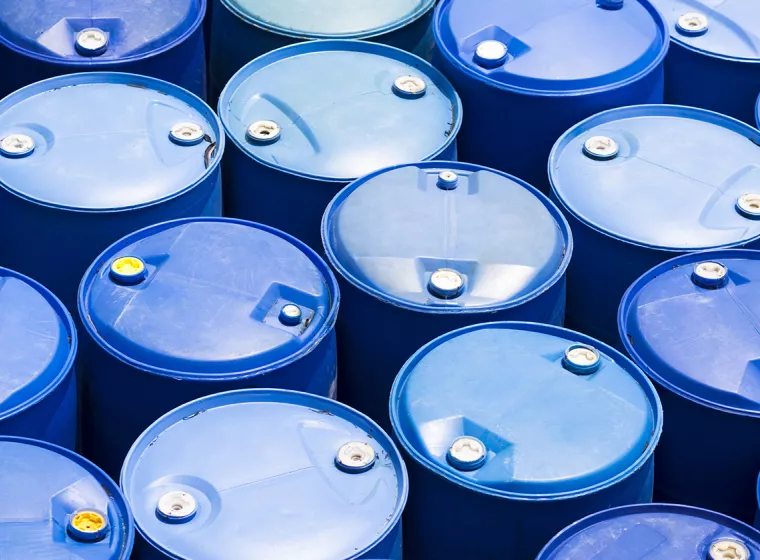
Chemical Engineering
Extensive production and safety assessments for facilities combining hazardous and reactive materials, novel technologies, and interconnected equipment.
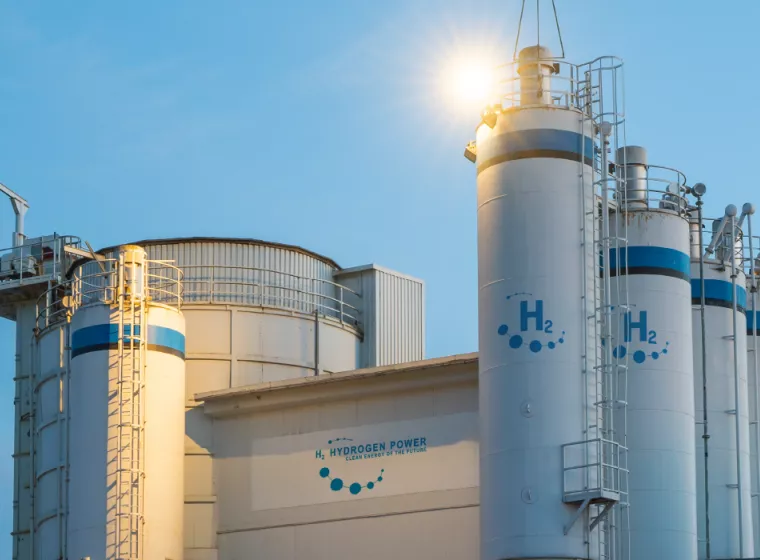
Hydrogen Systems & Fuel Cell Technologies
Innovate with new hydrogen technologies and solve challenges with electrolyzers, fuel cells, liquefaction technologies, and ammonia conversion systems.

Process Safety Hazards & Risk Analysis
Thermal science expertise to help you Identify hazards, mitigate risks, and improve safety and compliance with regulatory practices




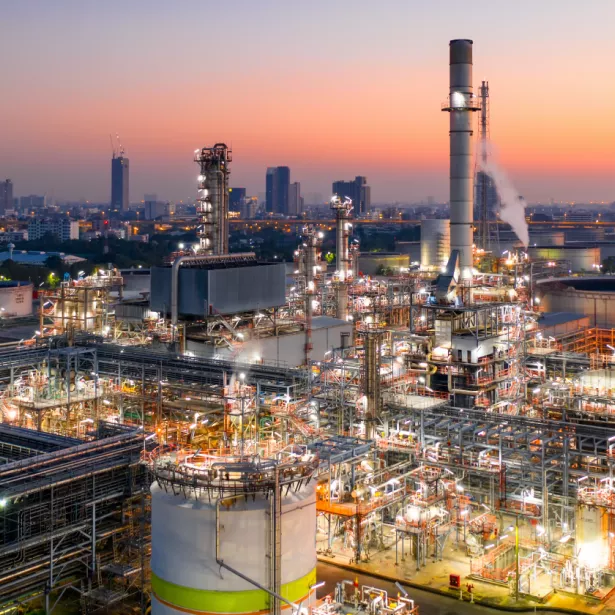
![Chemical [EES]](/sites/default/files/styles/cards_home_card/public/media/images/GettyImages-181852341.jpg.webp?itok=4_Er3z2H)
